Travel
Franz Marc: “the Blue rider” in Bavaria
In the paintings of the German expressionist Franz Marc has set the standard. In 2016, the anniversary of his death anniversary on 4. March to 100. Time. A tribute to the co-founder of the artist group “der Blaue Reiter”.
-

Inspiring Landscape
As a child of the 1880 Munich-born artist spends his vacation in the Region around the Staffelsee. The small village of Sindelsdorf is later to be the summer retreat. In 1914 he moved with his wife, Maria, in a Villa in Ried, a district of the town of Kochel am see. The natural and simple life in the Bavarian province is the Basis of the creative work of Franz Marc.
-
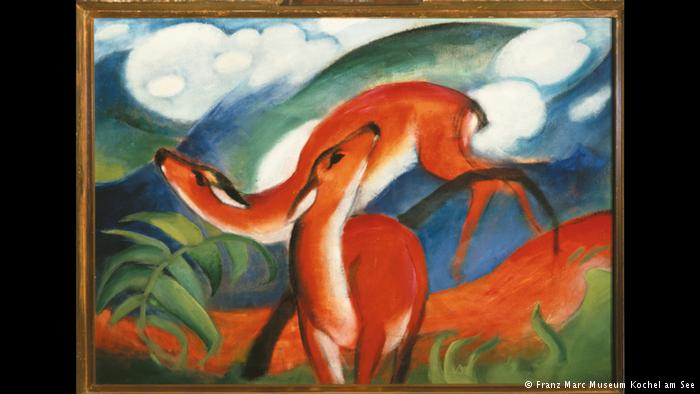
Beloved Animals
Images such as the Red deer II, 1912 to break with the traditional representations of Nature in art. Today, they are one of the most popular icons of the Modern age. Franz Marc used to be a feeling in the nature and essence of the animals. He designed his works in colors and form language in an entirely new way. The Original picture belongs to the collection of the Franz Marc Museum in Kochel am see.
-

Artistic Awakening
Franz Marc studied painting at the Munich Academy. In Paris, he discovered the painting style of Vincent van Gogh, Paul Gauguin and Henri Matisse, and is fascinated. Not the Physical, but the Inside should find its expression on the canvas. On the subject of searching, he wanders often to the Staffelalm. There images on the sign are in the memorial year, two left behind the wall is accessible.
-

Of the art in the war
The First world war stops the enormously productive period for the painter. Franz Marc will be collected in August 1914 in the military. His letters from the field to his wife, Maria, are touching documents of your love. A last map, he writes to you on the Morning of his death. On 4. In March 1916, he dies in the vicinity of Verdun, by a shrapnel. He is 36 years old.
-
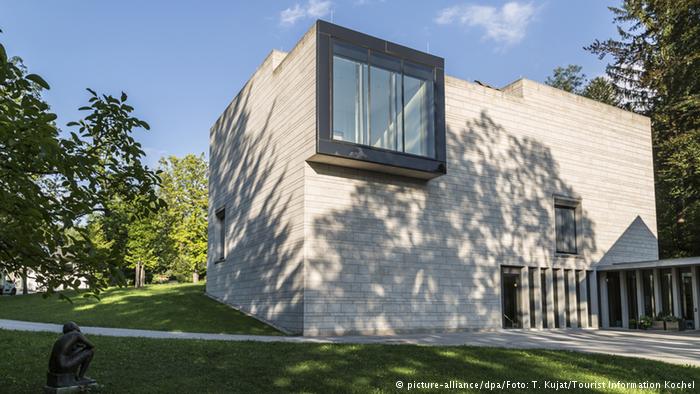
A place of remembrance
In Kochel am see, his home of choice, Franz Marc, his final place of rest. Since 1986, dedicated to him a Museum, which in 2008 will be extended by a new building. With an exhibition trilogy “Franz Marc Between utopia and Apocalypse,” and events the Museum of the 100 intends. The death of its namesake.
-

Magic of the originals
To see in the Museum in Kochel am see also the main works of the painter from major collections in Europe and the United States are: as of 5.March to 5. June 2016, “The poor country” ( 1913) from the Solomon R. Guggenheim Collection, New York, and from the 12. Of June to the 11. September 2016 “Grazing horses IV” (1911) from the Busch Reisinger Museum, Cambridge, USA.
-
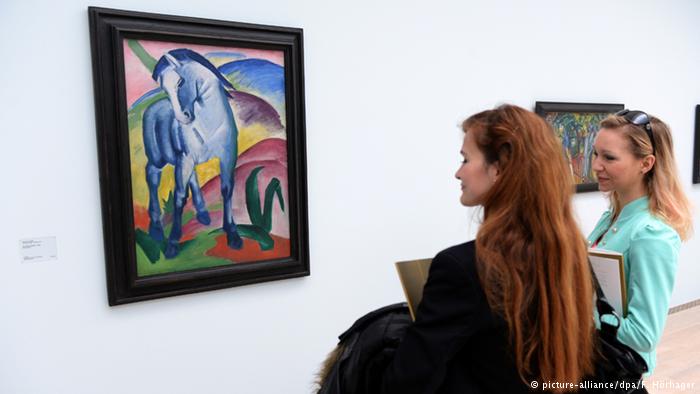
Motive and Motivation
Franz Marc paints cats, dogs, cows, deer, foxes, tigers, and horses. The particularly fond of, and even as dreaming beings. “Blue horse I” (1911), the Original is hanging in the Lenbach house in Munich, symbolizes the progressive energy of the artists Association “der Blaue Reiter”. It is against the conventions of academic art, is looking for expressive forms of abstraction.
-
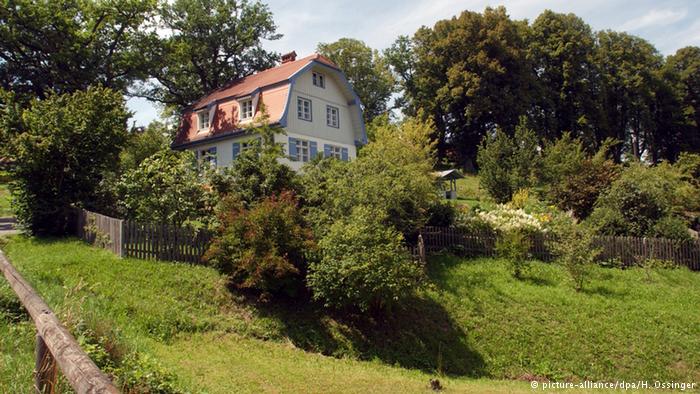
Circle of friends
In the Idyll of upper Bavaria, the painter Gabriele Münter and her Companion Wassily Kandinsky. Her house in Murnau is the meeting place of the avant-garde of German and Russian painters. Together with Franz Marc, August Macke, Paul Klee, Alexej von Jawlensky and Marianne von Werefkin you formulate your ideas of the “New art” in the “almanac of the Blue rider”.
-

Freedom of colors
“Blue is the male principle, astringent and spiritual. Yellow the female principle, gentle, cheerful and sensual. Red is matter, brutal and heavy and always the colour which must be fought by the other two, and overcome!”, writes Macke in 1910, Franz Marc to his friend August. The work “Yellow cow” (1911) is located since 1949 in the possession of the Solomon R. Guggenheim Foundation.
-
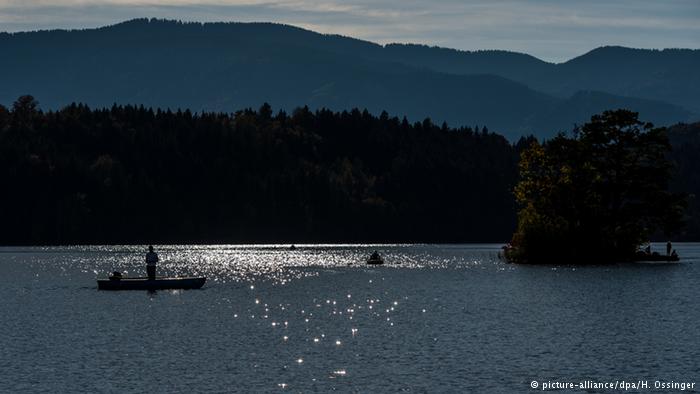
The Blue Country
The legacy of Franz Marc, the name “Blue Land” for the area between the towns of Murnau and Kochel. Not only for painters, the changing shades of blue in the light moods of the landscape are fascinating. Guided tours take visitors to the preferred Motif locations in the Blue tab.
Author: Ille, Simon
-

Inspiring Landscape
As a child of the 1880 Munich-born artist spends his vacation in the Region around the Staffelsee. The small village of Sindelsdorf is later to be the summer retreat. In 1914 he moved with his wife, Maria, in a Villa in Ried, a district of the town of Kochel am see. The natural and simple life in the Bavarian province is the Basis of the creative work of Franz Marc.
-
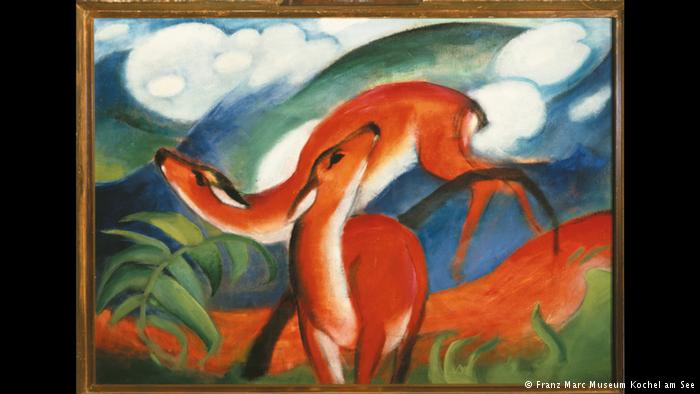
Beloved Animals
Images such as the Red deer II, 1912 to break with the traditional representations of Nature in art. Today, they are one of the most popular icons of the Modern age. Franz Marc used to be a feeling in the nature and essence of the animals. He designed his works in colors and form language in an entirely new way. The Original picture belongs to the collection of the Franz Marc Museum in Kochel am see.
-
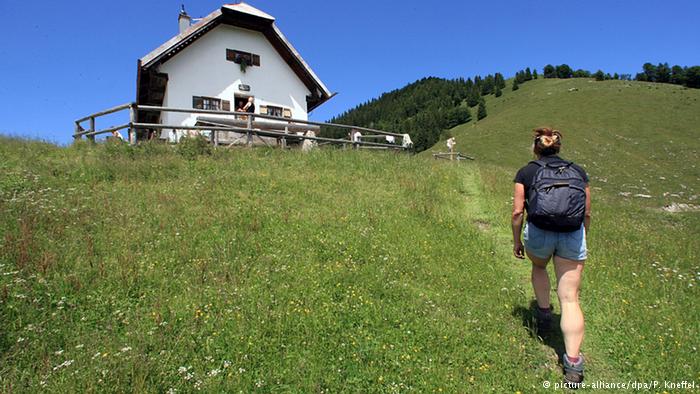
Artistic Awakening
Franz Marc studied painting at the Munich Academy. In Paris, he discovered the painting style of Vincent van Gogh, Paul Gauguin and Henri Matisse, and is fascinated. Not the Physical, but the Inside should find its expression on the canvas. On the subject of searching, he wanders often to the Staffelalm. There images on the sign are in the memorial year, two left behind the wall is accessible.
-
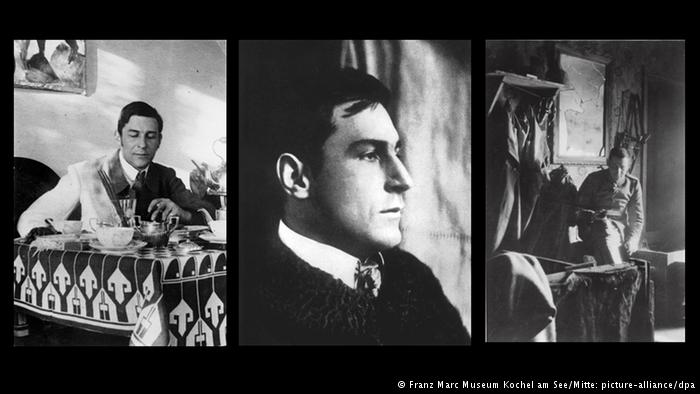
Of the art in the war
The First world war stops the enormously productive period for the painter. Franz Marc will be collected in August 1914 in the military. His letters from the field to his wife, Maria, are touching documents of your love. A last map, he writes to you on the Morning of his death. On 4. In March 1916, he dies in the vicinity of Verdun, by a shrapnel. He is 36 years old.
-
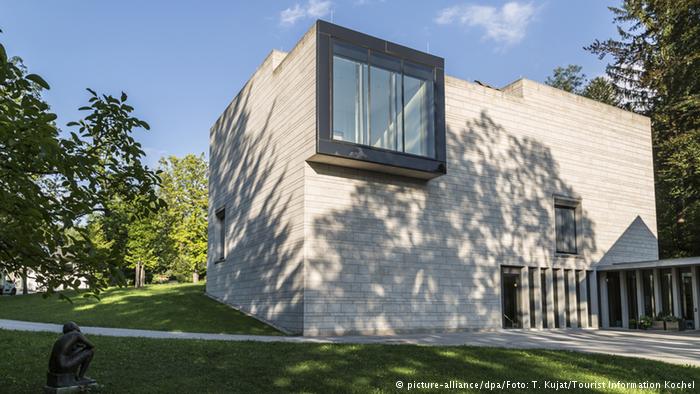
A place of remembrance
In Kochel am see, his home of choice, Franz Marc, his final place of rest. Since 1986, dedicated to him a Museum, which in 2008 will be extended by a new building. With an exhibition trilogy “Franz Marc Between utopia and Apocalypse,” and events the Museum of the 100 intends. The death of its namesake.
-

Magic of the originals
To see in the Museum in Kochel am see also the main works of the painter from major collections in Europe and the United States are: as of 5.March to 5. June 2016, “The poor country” ( 1913) from the Solomon R. Guggenheim Collection, New York, and from the 12. Of June to the 11. September 2016 “Grazing horses IV” (1911) from the Busch Reisinger Museum, Cambridge, USA.
-

Motive and Motivation
Franz Marc paints cats, dogs, cows, deer, foxes, tigers, and horses. The particularly fond of, and even as dreaming beings. “Blue horse I” (1911), the Original is hanging in the Lenbach house in Munich, symbolizes the progressive energy of the artists Association “der Blaue Reiter”. It is against the conventions of academic art, is looking for expressive forms of abstraction.
-
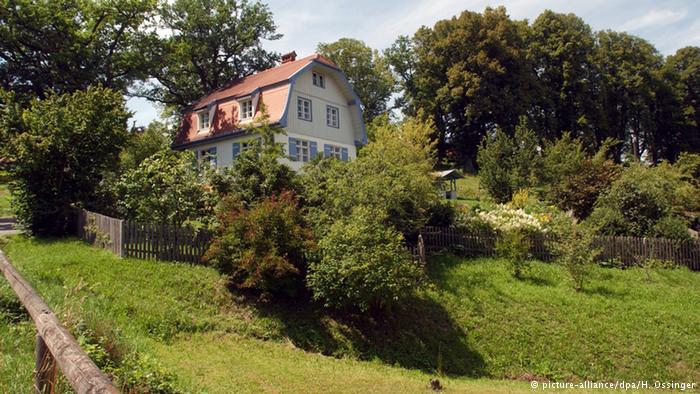
Circle of friends
In the Idyll of upper Bavaria, the painter Gabriele Münter and her Companion Wassily Kandinsky. Her house in Murnau is the meeting place of the avant-garde of German and Russian painters. Together with Franz Marc, August Macke, Paul Klee, Alexej von Jawlensky and Marianne von Werefkin you formulate your ideas of the “New art” in the “almanac of the Blue rider”.
-

Freedom of colors
“Blue is the male principle, astringent and spiritual. Yellow the female principle, gentle, cheerful and sensual. Red is matter, brutal and heavy and always the colour which must be fought by the other two, and overcome!”, writes Macke in 1910, Franz Marc to his friend August. The work “Yellow cow” (1911) is located since 1949 in the possession of the Solomon R. Guggenheim Foundation.
-

The Blue Country
The legacy of Franz Marc, the name “Blue Land” for the area between the towns of Murnau and Kochel. Not only for painters, the changing shades of blue in the light moods of the landscape are fascinating. Guided tours take visitors to the preferred Motif locations in the Blue tab.
Author: Ille, Simon


